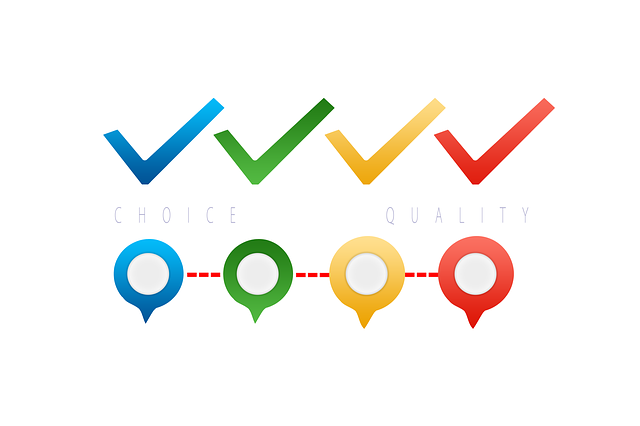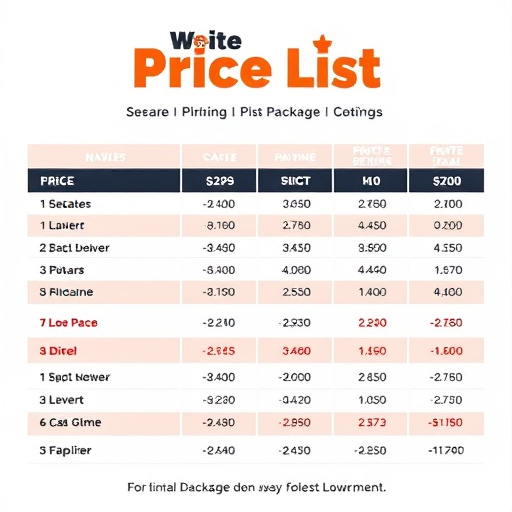Cold air intake (CAI) maintenance is crucial for high-performance vehicles, extending their lifespan and enhancing engine performance. Regular cleaning with specialized tools removes dust and debris that restrict airflow, while checks for leaks ensure optimal efficiency. Following proper CAI maintenance tips leads to better fuel economy and supports the vehicle's long-term health by consistently supplying clean, cool air to the engine. Proactive care includes filter replacements and periodic checks for damage, ensuring the system's integrity for smooth operation.
Enhance your equipment’s longevity with our comprehensive guide. Discover powerful tips like the vital role of cold air intake (CAI) maintenance in keeping engines robust. Learn how regular CAI system maintenance can significantly extend its life and improve performance. Explore deep cleaning techniques for internal components, ensuring optimal efficiency. Additionally, grasp the impact of environmental factors and implement strategies to protect against moisture, dust, and extreme temperatures. These proven methods, including essential cleaning tips, will help you navigate seasonal changes and ensure peak performance year-round.
- The Role of Cold Air Intake Maintenance in Enhancing Longevity
- – Understanding cold air intake and its function
- – Benefits of regular maintenance for engine longevity
The Role of Cold Air Intake Maintenance in Enhancing Longevity

Cold air intake (CAI) maintenance plays a surprising yet significant role in longevity enhancement for vehicles, particularly high-performance ones. Regular cleaning and maintenance of this component can improve engine efficiency and extend its life. The CAI is responsible for drawing in cold, dense air from outside the vehicle, which is then used to mix with fuel for optimal combustion. Over time, dust, dirt, and debris can accumulate inside the intake, leading to reduced airflow and potential performance issues.
Proper cold air intake maintenance tips include periodic cleaning using specialized tools and solutions to remove any buildup. This simple yet effective practice ensures that your engine receives a steady supply of clean, cool air, enhancing its overall performance and longevity. Additionally, checking for leaks and ensuring the integrity of seals is crucial, as these can compromise the efficiency of the system. By prioritizing cold air intake maintenance, car owners not only contribute to better fuel economy but also support the vehicle’s long-term health.
– Understanding cold air intake and its function

Cold Air Intake 101: Unlocking Efficiency and Performance
In the quest for longevity enhancement, many automotive enthusiasts turn to cold air intake systems. These components play a vital role in improving engine performance by delivering cooler, denser air from outside the vehicle to the engine. This simple yet powerful upgrade can significantly impact your car’s overall efficiency. The process begins with drawing in ambient air through an external filter, which traps contaminants, ensuring only clean, cool air enters the engine.
Proper maintenance is key when it comes to cold air intake cleaning and care. Regular cleaning helps maintain optimal airflow, ensuring the system functions at its best. By following simple tips like periodic cleaning with a brush or compressed air, you can prevent dirt and debris buildup. Additionally, checking for any cracks or damage and replacing filters as recommended will ensure your cold air intake continues to contribute to your vehicle’s longevity.
– Benefits of regular maintenance for engine longevity

Regular maintenance is key to ensuring your engine maintains optimal performance and longevity. By incorporating simple yet effective practices such as cold air intake maintenance tips and routine cleaning, you can significantly extend the life of your engine. Cold air intake systems, for instance, play a crucial role in maximizing fuel efficiency and engine power by delivering cooler, denser air to the engine. Over time, however, these intakes can become contaminated with dust, debris, or oil residue, leading to reduced performance. Regular cleaning based on manufacturer recommendations not only restores airflow efficiency but also prevents premature wear and tear.
Moreover, routine cleaning involves removing accumulations of carbon deposits, which can form inside engines over time. These deposits act as insulation, reducing the engine’s efficiency and contributing to higher fuel consumption. A thorough cleaning regimen, including the use of appropriate degreasers and air compression, helps remove these stubborn residues, allowing for better combustion and improved overall performance. Such proactive measures not only enhance your vehicle’s durability but also contribute to more sustainable driving habits.
Regular cold air intake (CAI) maintenance is a powerful tip for enhancing engine longevity. By understanding the role of CAI and implementing simple cleaning and servicing practices, you can ensure your engine breathes efficiently, improving performance and extending the life of your vehicle. Incorporating these cold air intake maintenance tips into your routine will help you navigate towards smoother drives for years to come.














